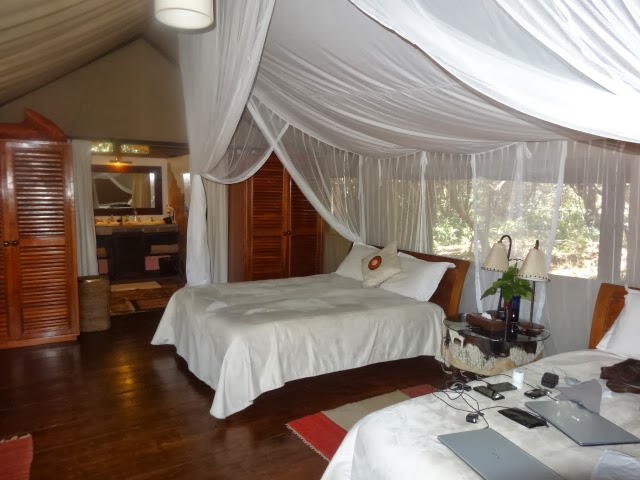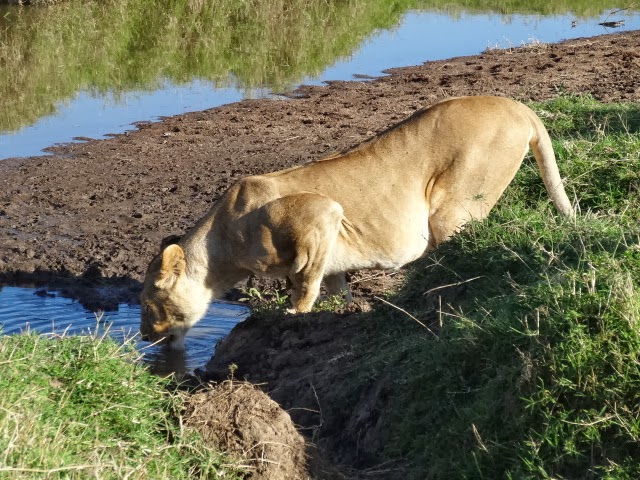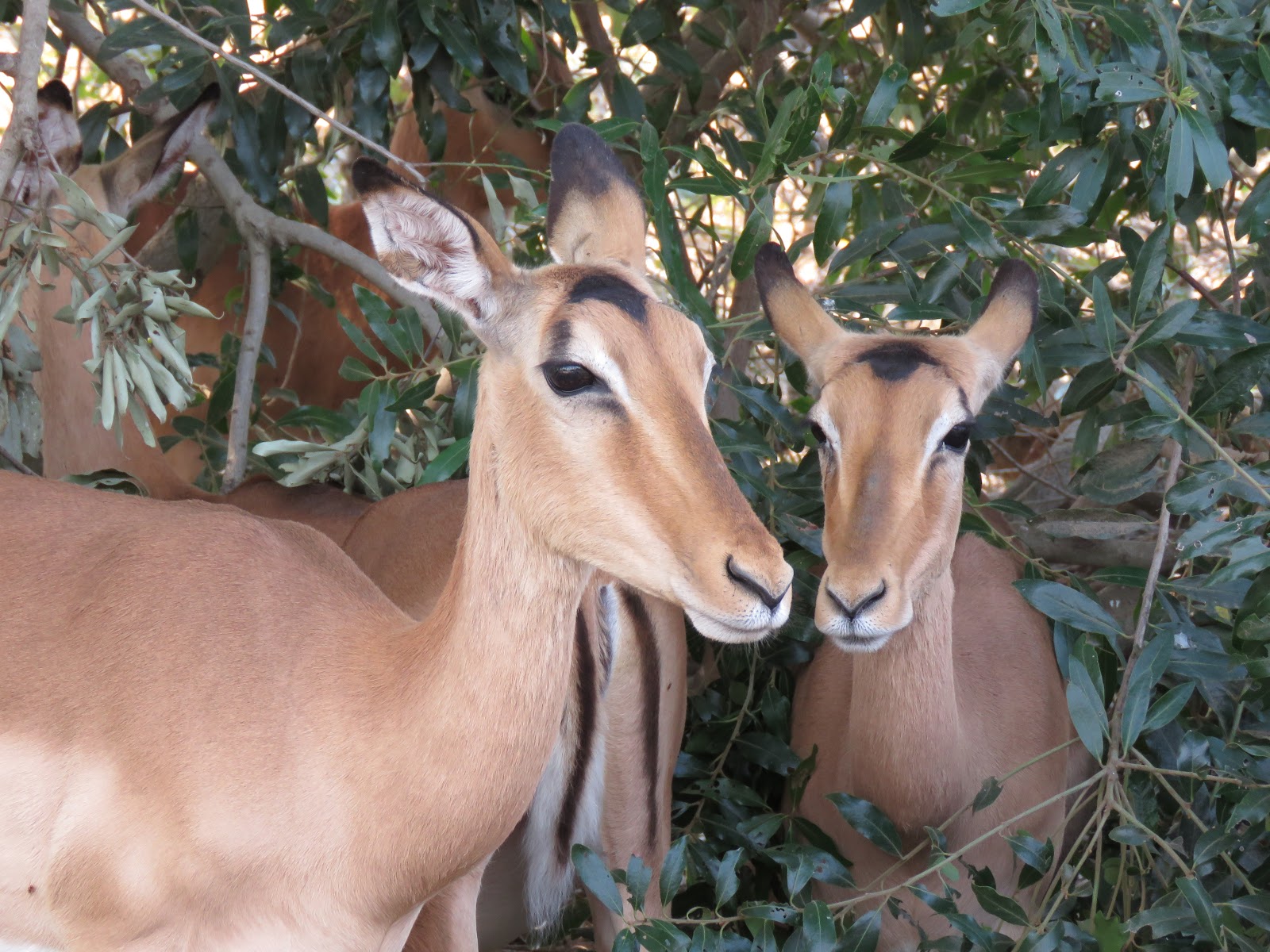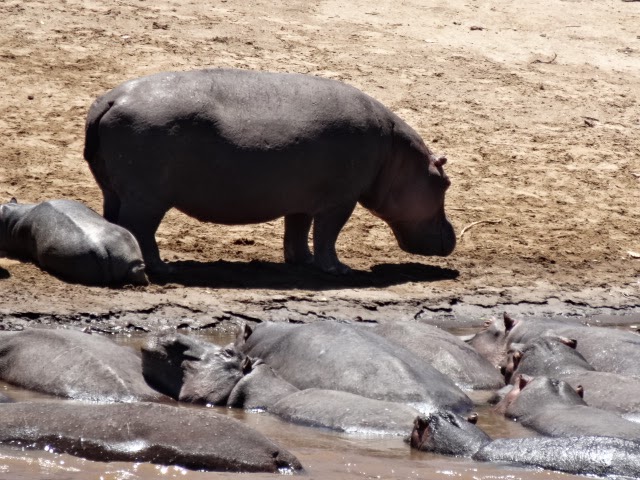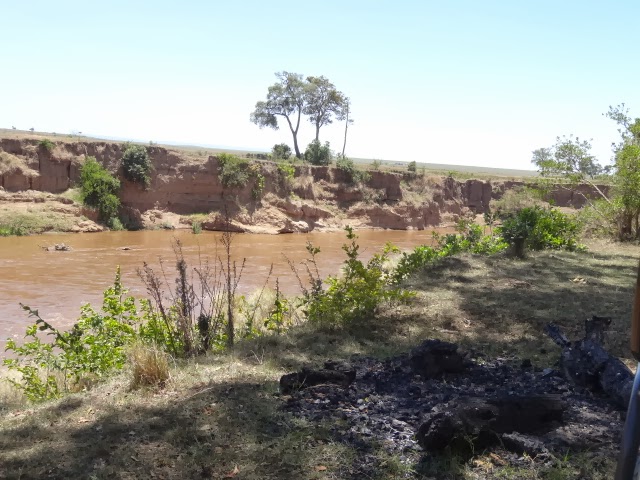 |
| Mom growled over her successful hunting day without a single male in view, confiscating her kill. |
Today’s photos are from the post on this date in 2013 while on safari, staying at Camp Olonana in the Maasai Mara, Kenya. For more on this date, please click here.
Seeing lions in the wild will always be magical for us. Having the opportunity to take photos of these majestic animals in their natural habitat only exemplifies this blissful sensation. Some of the most exciting moments while on safari over the past seven years, since our first safari in 2013, left us reeling with excitement with a divine sense of satisfaction.
 |
| Life is good for this female. |
After all, isn’t the safari enthusiast, especially in Africa, on the hunt for that specific opportunity? This is not intended to negate the exquisite joy in watching a herd of elephants crossing the road in the wild or a pair of rhinos lounging under the shade of a tree on a hot sultry summer day.
It all matters. It all elicits a rush of endorphins that few sightings in nature are capable of providing. Right now, as I write here, we have NatGeo playing Destination Wild in the background with penguins in CapeTown, South Africa, and I can’t help but stop to look, that same rush of enthusiasm washing over me.
 |
| The cubs took a break to relax. |
Thoughts of Antarctica flood my mind every time I see or hear anything about penguins, elephant seals, killer whales, and seals, reminiscent of our incredible experiences in 2018, never to be forgotten. But, observing lions, more readily accessible in Africa, will always remain an objective when we return to Africa, hopefully shortly.
The lion photos we share today, each of which were taken and posted in one day on this same date seven years ago. Each shot is easily recalled, my arms tired from holding up the camera for hours at a time, and my enthusiasm tempered to avoid making any sounds of excitement that could easily distract our subjects.
 |
| Moments later, they were back at their meal again. |
As time went by, we both learned more and more about taking advantage of the opportune moments for taking good photos. As explained in our recent 2000+ word post of a few days ago, found here. No, we aren’t technologically advanced and expert photographers, but we did learn to capture shots that appealed to us, as shown here today.
For any of our new readers, we must emphasize that we DO NOT go on “hunting” safaris where wild animals are brutally murdered for “trophies.” I have no problem hunting for food, especially when animals need to be culled to save the remaining population. But, hunting and killing endangered animals is far beyond my comprehension.
 |
| The cubs enjoyed the meal while mom stayed back, keeping an eye out for danger. |
In Africa, there are countless such safaris for “trophy” hunters and many so-called “farms” that breed wildlife for this very purpose. Who are these people that get a thrill from these killings? Who would want to shoot and kill an elephant, a giraffe, or a lion? Honestly, I couldn’t befriend such a person, especially after our joyful photo safaris over the years.
While here in India, we had the opportunity to see tigers in the wild while on safari. Of course, this was thrilling and fulfilling. But, somehow, lions remain in our hearts as one of our favorite sightings and subsequent photos, perhaps because they will be more readily available for our viewing in times to come.
 |
| Tom, on safari, drinking a beer in the late afternoon, in awe of what we’ve experienced, having never expected it to be so rewarding and fulfilling in many aspects. |
We won’t be returning to India in our future travels. During the first seven weeks that we were here, we scoured essential sites throughout the country, satisfying our desire to learn as much as possible in a short time, only cut short by COVID-19. If we could continue, we would have had an additional almost three weeks, which we forfeited when lockdown began.
This morning, I received an email from FedEx stating that our package cleared customs and moved. We’ll see how that rolls out.
Be well.
Photo from one year ago today, October 11, 2019:
 |
| While in Torquay, England, we spotted this impressive design being made by a skilled sand sculptor. For more photos, please click here. |





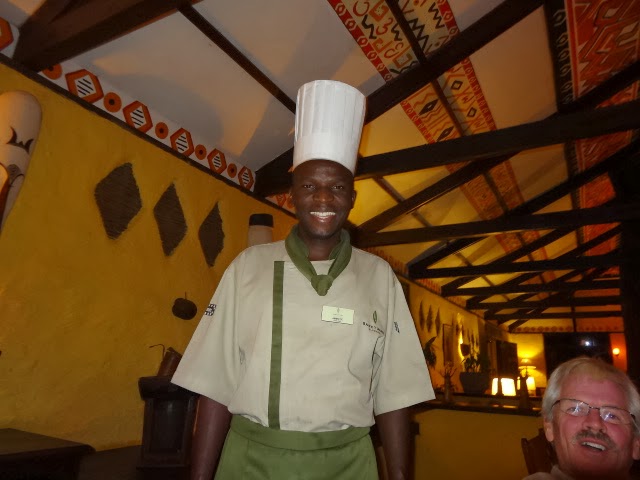




 The comfy furnishings made it tempting to lay here and watch the wildlife stroll or swim past from time to time. We only had time to sit here for one hour during the three days.
The comfy furnishings made it tempting to lay here and watch the wildlife stroll or swim past from time to time. We only had time to sit here for one hour during the three days. Although we were escorted to our tent the first time, Tom wanted to handle the long, sturdy zipper to ensure no issues. Of course, it was a breeze, opening to a virtual paradise of tent interiors.
Although we were escorted to our tent the first time, Tom wanted to handle the long, sturdy zipper to ensure no issues. Of course, it was a breeze, opening to a virtual paradise of tent interiors.